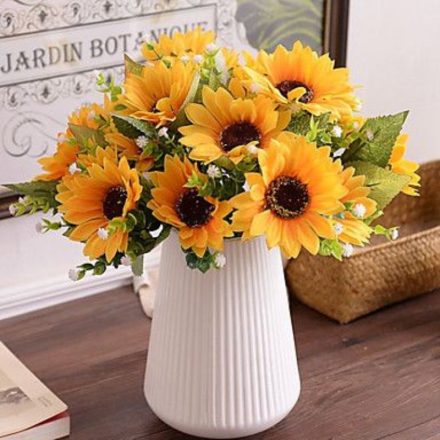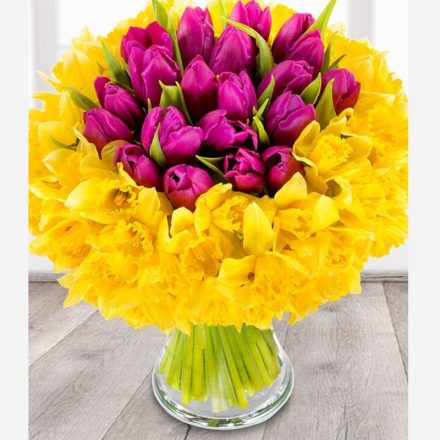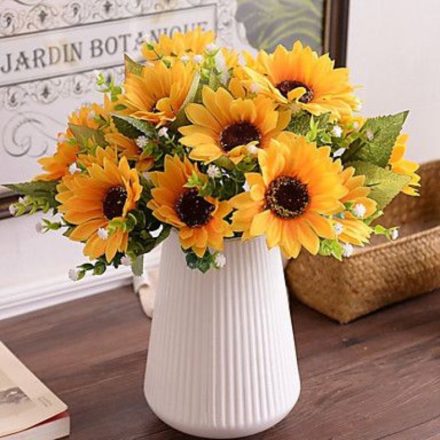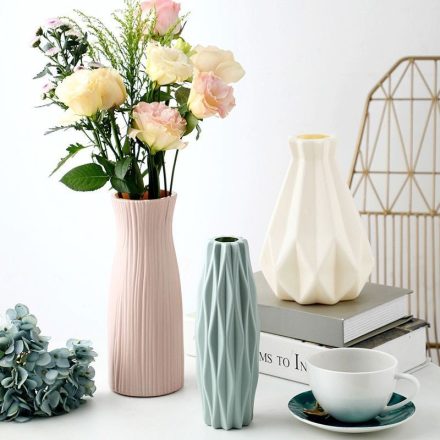TABLETOP FLOWER ARRANGEMENTS THAT SUITS ANY ROOM,OFFICES, EVENTS.

Tabletop flower arrangements, I would recommend starting with a few basic principles. First, it is important to choose a color scheme that complements the room or event you are designing for. Second, consider the height and size of the table, as well as the dimensions of the vase or container you will be using. Finally, think about the overall shape and texture of the arrangement, and aim for a balanced and visually pleasing composition.
When selecting flowers for your arrangement, it is important to take into account the season and availability of different blooms. Some classic choices for tabletop flower arrangements include roses, hydrangeas, carnations, and dahlias. You may also consider incorporating greenery or filler flowers to add texture and depth to the arrangement.

To create a basic tabletop flower arrangements, start by filling your vase or container with fresh water, and adding floral foam or chicken wire to help anchor the stems. Begin by adding a few foliage stems to establish the basic shape of the arrangement, and then add larger blooms and focal flowers to create height and interest.
As you add flowers, try to alternate colors and textures to create a dynamic and visually interesting tabletop flower arrangements . You may also consider adding smaller filler flowers or greenery to fill in any gaps or create a more natural look.
When selecting your container or vase, keep in mind that the size and shape will affect the overall look of the tabletop flower arrangements . For example, a tall and narrow vase will create a more dramatic, vertical arrangement, while a wider and flatter bowl will create a looser and more horizontal look.
In addition to flowers and greenery, you may also consider incorporating other decorative elements into your tabletop flower arrangements, such as branches, berries, or fruit. This can add texture, color, and interest, and can also help tie the arrangement into the overall theme or decor of the room or event.
When arranging your flowers, be sure to cut the stems at an angle and remove any leaves or thorns that will be below the water line. This will help keep the tabletop flower arrangements fresh and prevent bacteria from growing in the water.

To create a cohesive and harmonious look, try to stick to a color scheme of two or three colors. You may also consider using different shades of the same color to create depth and interest.
When placing your arrangement on the table, consider the height of the blooms and the impact this will have on conversation and sight lines. You may need to experiment with different heights and arrangements to find the perfect fit for your space.

Overall, tabletop flower arrangements are a great way to add beauty and elegance to any room or event. By considering the basics of color, shape, and texture, and adding your own personal touches,
you can create a stunning and memorable display that will impress and delight your guests.






